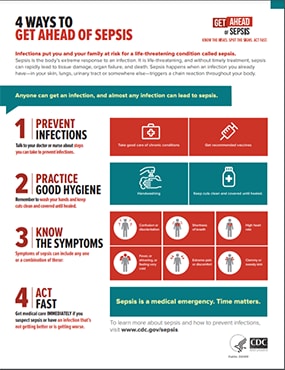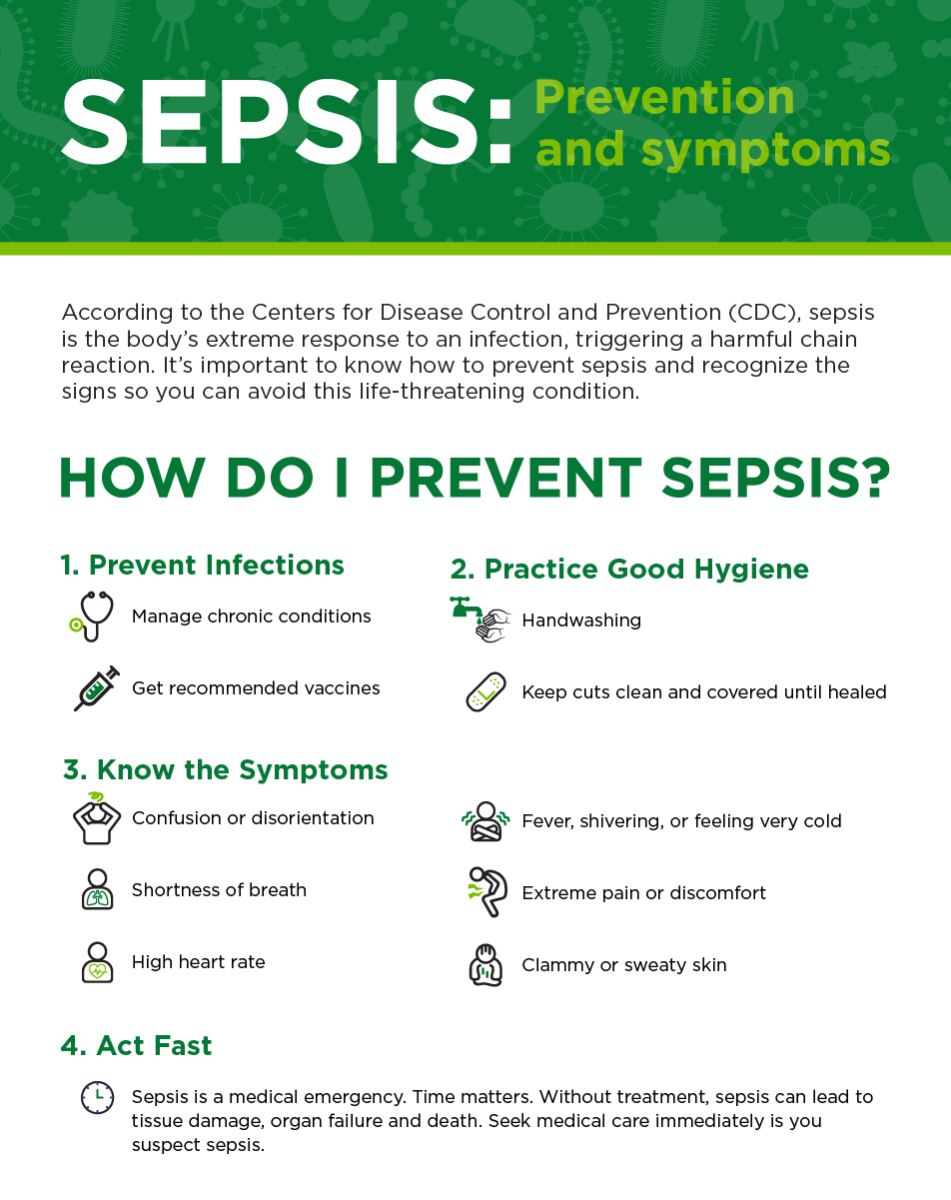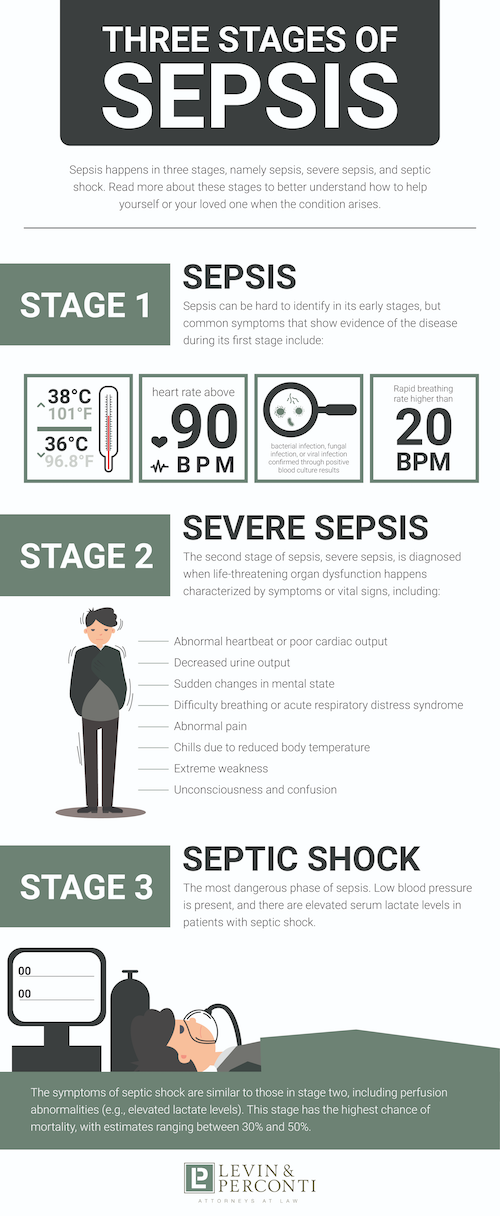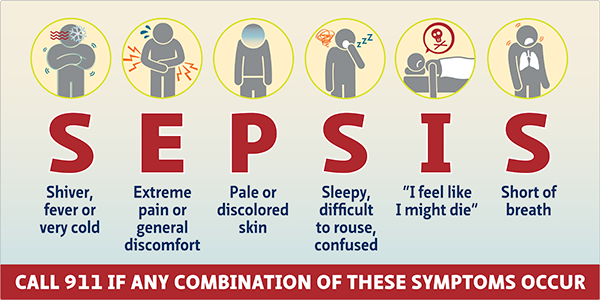Outrageous Info About How To Prevent Septic Shock

In this article, learn more about sepsis and septic shock, including prevention tips, causes, risk factors, and treatment.
How to prevent septic shock. There’s a significant drop in blood pressure that can lead to respiratory or heart failure, stroke, dysfunction of other organs, and possibly death. Because sepsis stems from infection, protecting yourself starts with preventing the spread of infections. Surgery may be needed to remove the source of infection and infected.
After learning the results of blood tests, your doctor may switch to a different. If you have an infection, look for signs like:. The chance of sepsis progressing to severe sepsis and septic shock , causing death , rises by 4% to 9% for every hour treatment is delayed.
Use gloves and personal protective equipment (ppe) when handling a patient. Preventing nosocomial infection in the critically ill patient is a challenge for the critical care nurse. One of the most critical aspects of care is infection control when a patient is in septic shock.
Cleaning scrapes and wounds and practicing good hygiene by washing hands and bathing regularly; Once a vaccination has been administered, the body has dealt with the. The prevention of nosocomial infection may be impossible in the critically ill patient.
Prevent infections that can lead to sepsis by: Common treatments for septic shock. It’s also important to keep up to date on your vaccines.
The good news is that there are many easy, natural ways to prevent sepsis (like good hand washing. Get regular vaccinations against viral infections that may cause sepsis. Using soap, preferably liquid, rub your hands together to.








:max_bytes(150000):strip_icc()/sepsis-and-septic-shock-diagnosis-and-treatment-3156827-FINAL-5b5257623a9b46ea8a03f4c092751bde.png)









